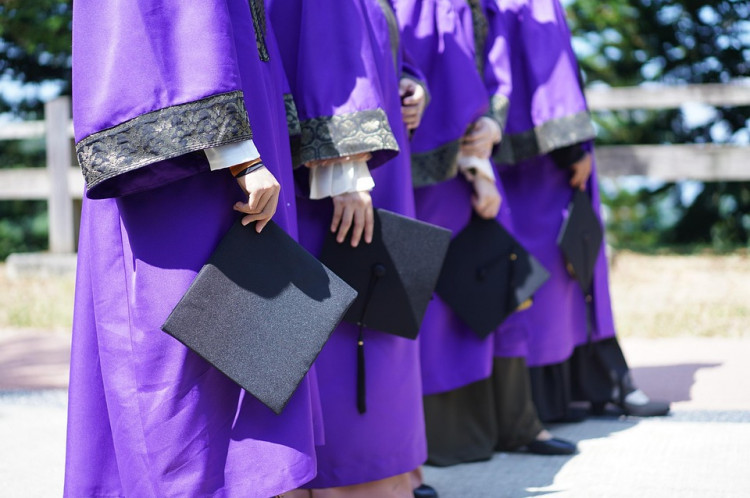The Trump administration resumed federal student loan collections Monday, ending a five-year pause and putting millions of borrowers at immediate risk of wage garnishment, tax refund seizures, and plummeting credit scores. More than 5 million Americans are currently in default on their federal loans-a number the Education Department says could rise to 10 million in the coming months.
"American taxpayers will no longer be forced to serve as collateral for irresponsible student loan policies," U.S. Secretary of Education Linda McMahon said in a statement, framing the shift as a return to fiscal discipline after what the administration calls "years of mismanagement."
The collection restart comes as the federal loan system faces unprecedented disruption. Payment assistance programs launched under President Biden, including the SAVE plan, have been blocked by GOP-led legal challenges. The Trump administration has since dismantled major Biden-era initiatives, including eliminating forgiveness provisions and downsizing staff at the Department of Education.
The resulting delays have left many borrowers unable to access basic support. "The timing of the layoffs is unfortunate, given the need for borrowers to get help," said Mark Kantrowitz, a higher education analyst. He noted hearing from borrowers stuck on hold for up to eight hours just trying to reach a loan servicer.
Borrowers in default now face severe financial consequences. VantageScore reports that delinquent accounts could see credit scores drop by as much as 129 points. The Federal Reserve has warned the hit could reach 171 points for some. Lower credit scores can mean higher interest rates on car loans, mortgages, and credit cards.
Rodriguez shared the case of one client earning $45,000 in New York City who fell behind on her $200 monthly payments. "She's making $45,000 and living in New York City," Rodriguez said. "Every month, she's in the red."
The Biden administration's approach had emphasized easing borrowers back into repayment. More than 5 million borrowers had their debt canceled under various programs, and payment pauses were extended multiple times until October 2023. But efforts to implement mass forgiveness were struck down by the Supreme Court in 2023.
Jana Heartwood, a nurse with more than $40,000 in student loans, said she had no idea she was in default until seeing media reports. "I checked every email. I got statements that had a zero on it," she said. After spending hours on the phone, she still had no answers. "Every paycheck is immediately gone. It's gone before we even, you know, have it."
Education law expert Persis Yu said the system has been left in disarray. "Borrowers cannot get answers from their servicers," she said. "Many of the services have hours-long call wait times in order to get just a simple answer about, 'How much do I owe? How do I pay my loan?'"
Yu added that the system does not account for emergencies like medical costs. Heartwood said she depleted her 401(k) and savings to care for her son, who was born with a medical condition. "It's an impossible standard for so many to meet and that's why so many borrowers do fall into default," Yu said.
The Trump administration has shifted the narrative, placing blame on prior efforts to forgive student debt. In a statement to CBS News, the Department of Education cited "attempts to transfer student debt to every taxpayer" as a reason for the system's current financial strain.
Going forward, Secretary McMahon stated, "There will not be any mass loan forgiveness." She emphasized that the Education and Treasury Departments will oversee repayment "responsibly and according to the law."
For those now facing collections, consumer advocates recommend tracking every transaction and contacting congressional representatives for casework assistance.
CNBC and CBS News contributed to this report.






